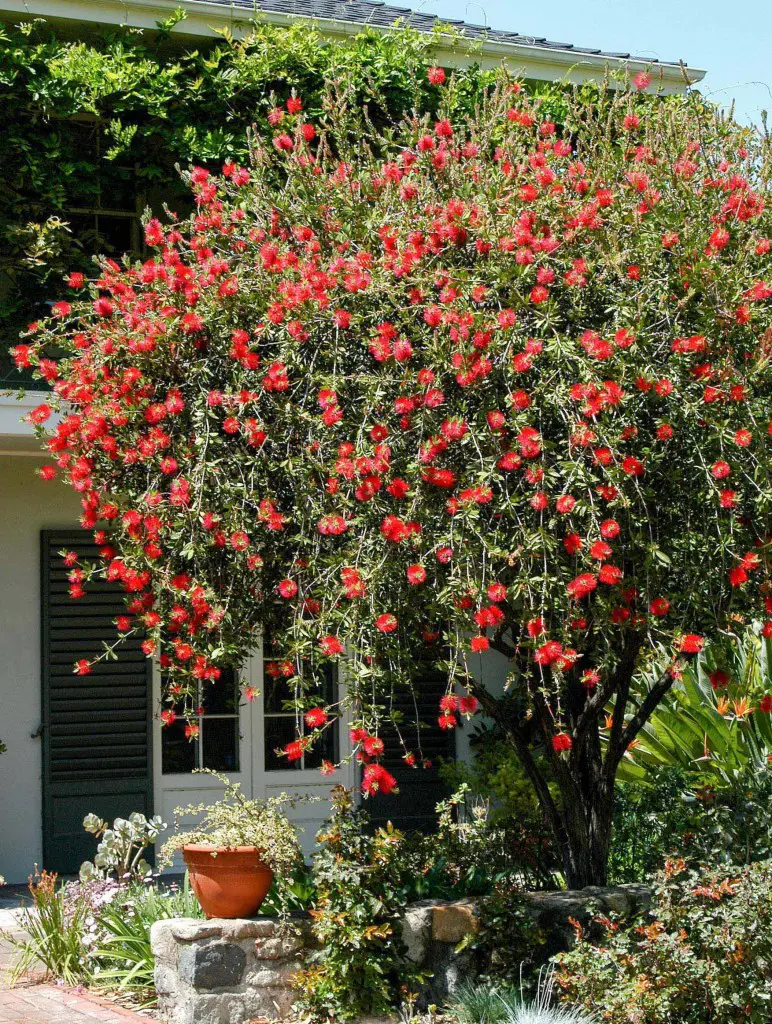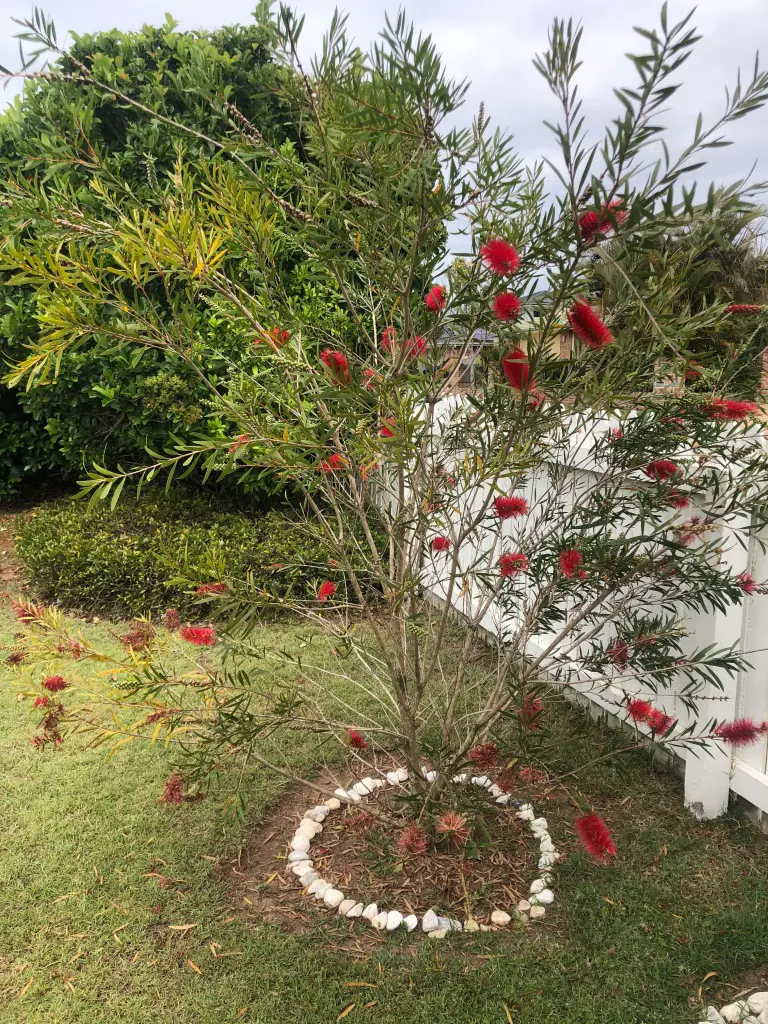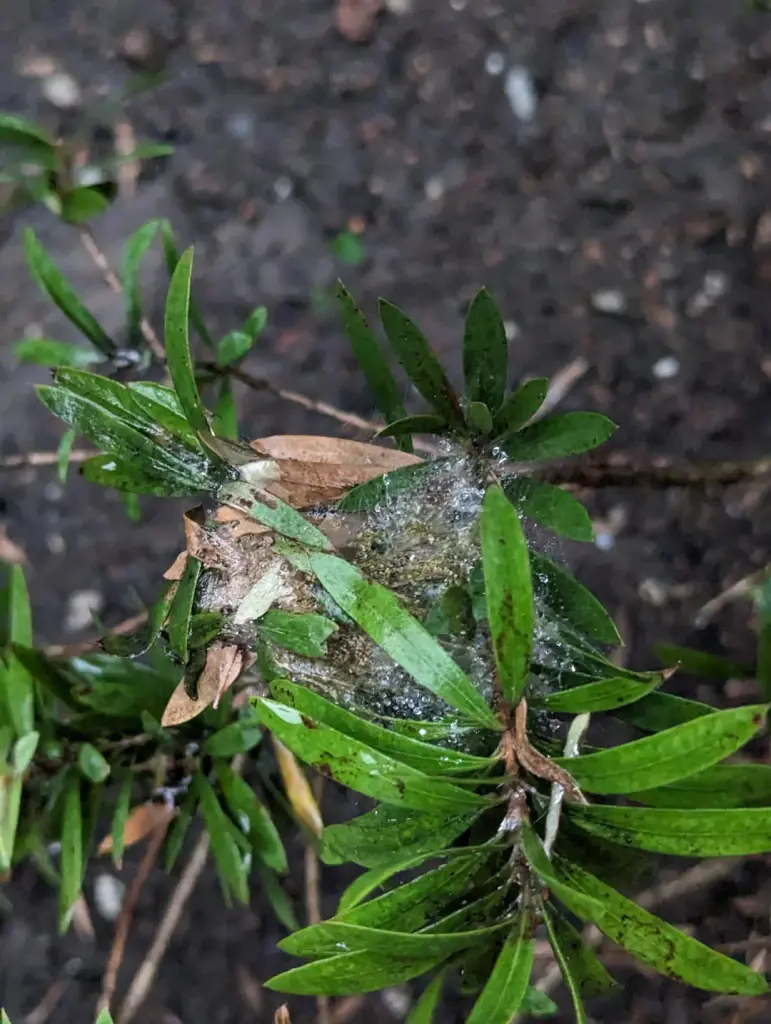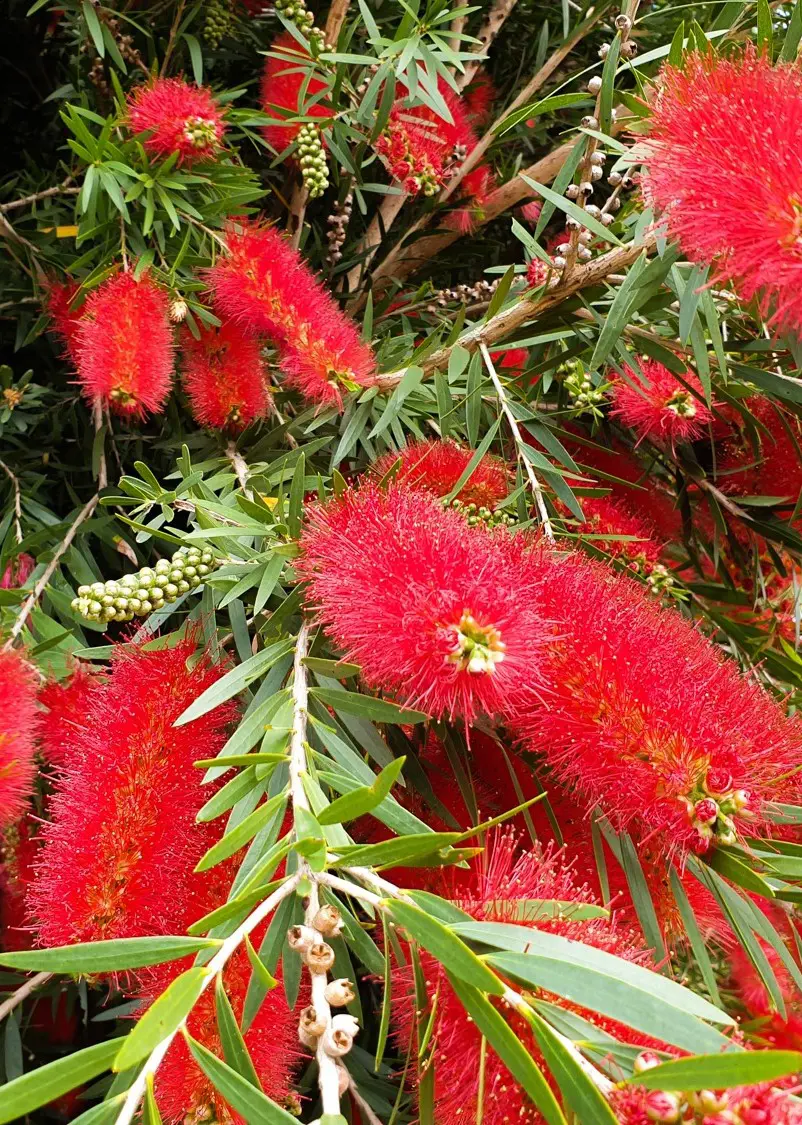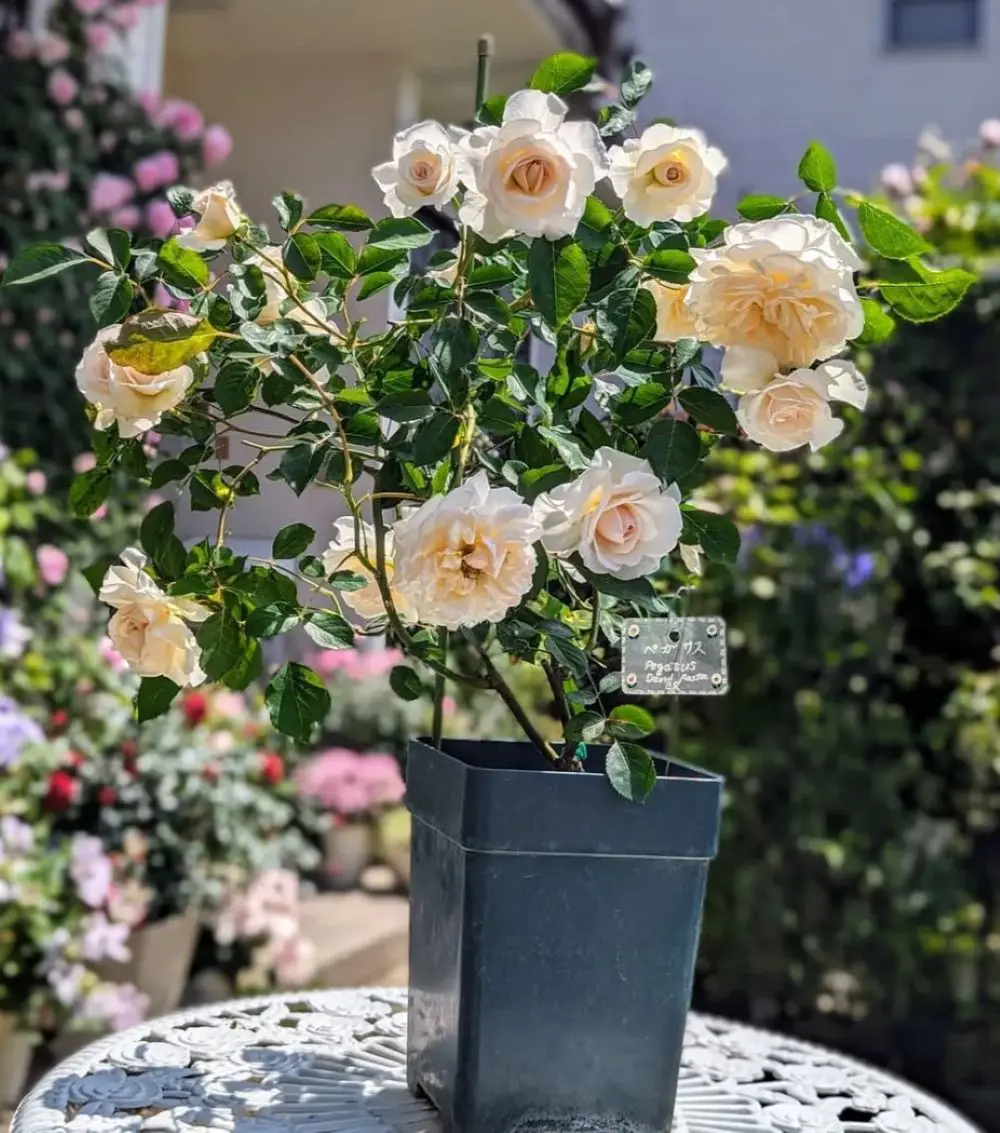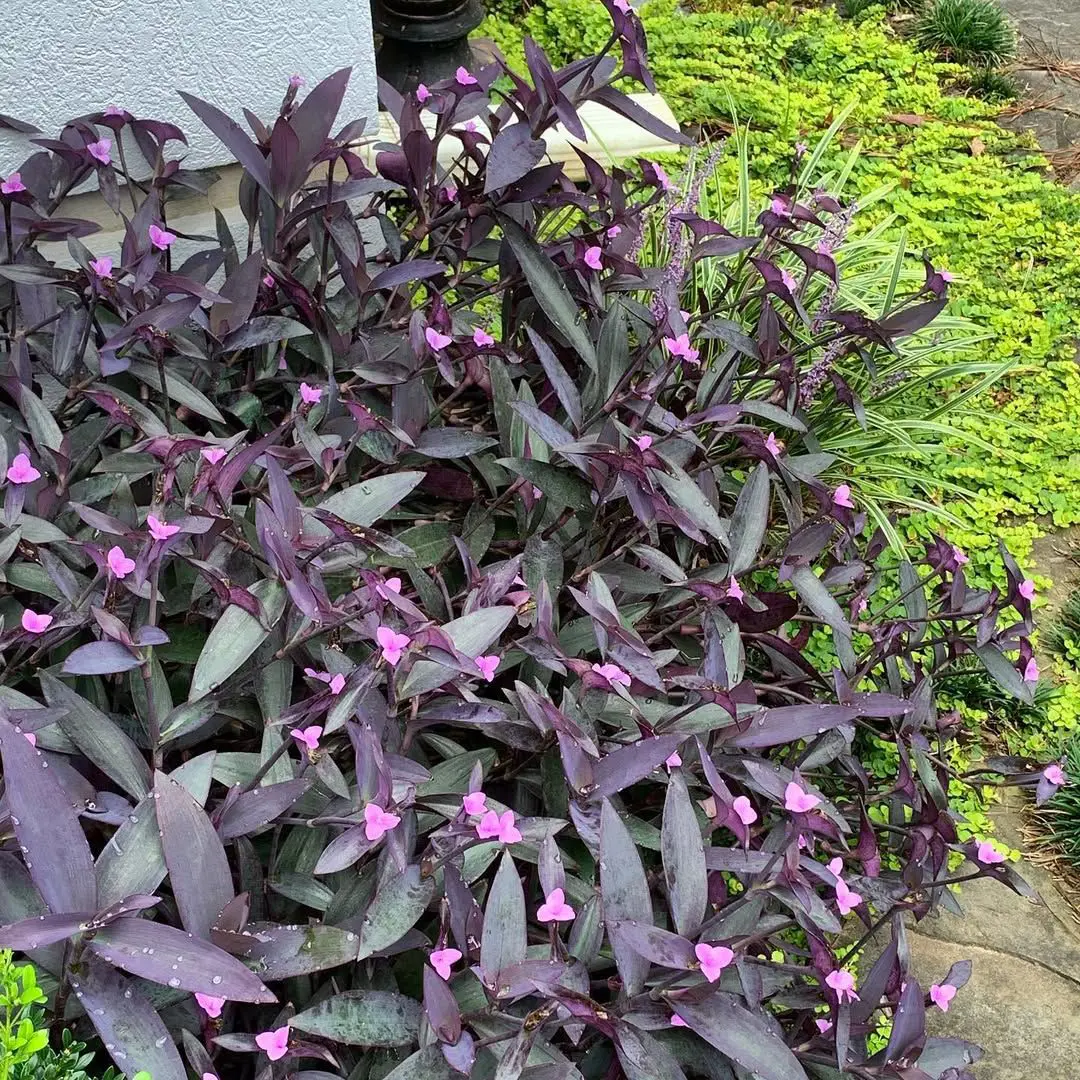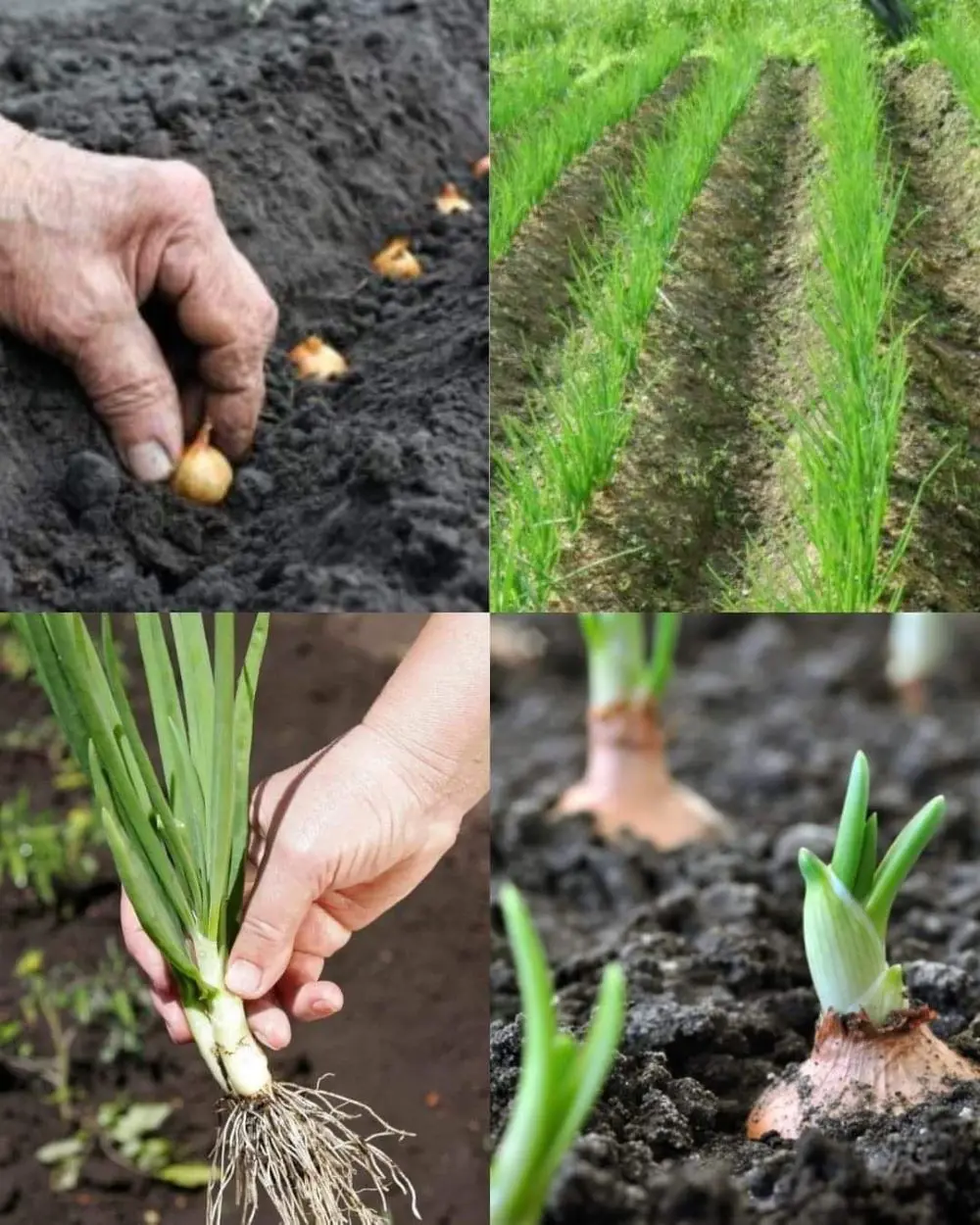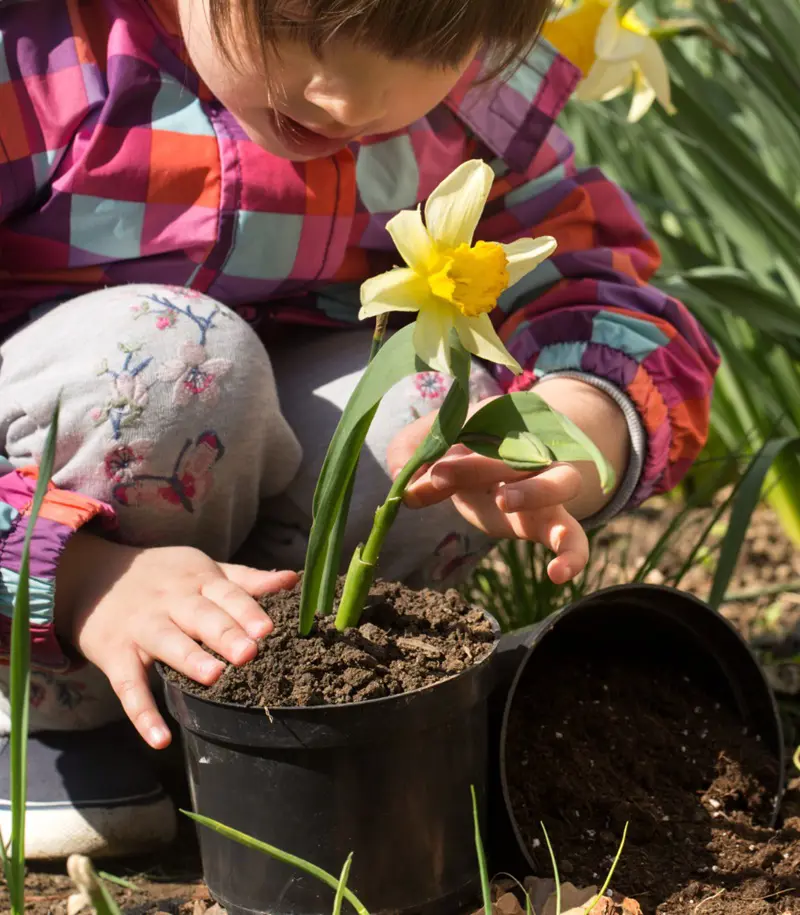Planting Bottlebrush Tree
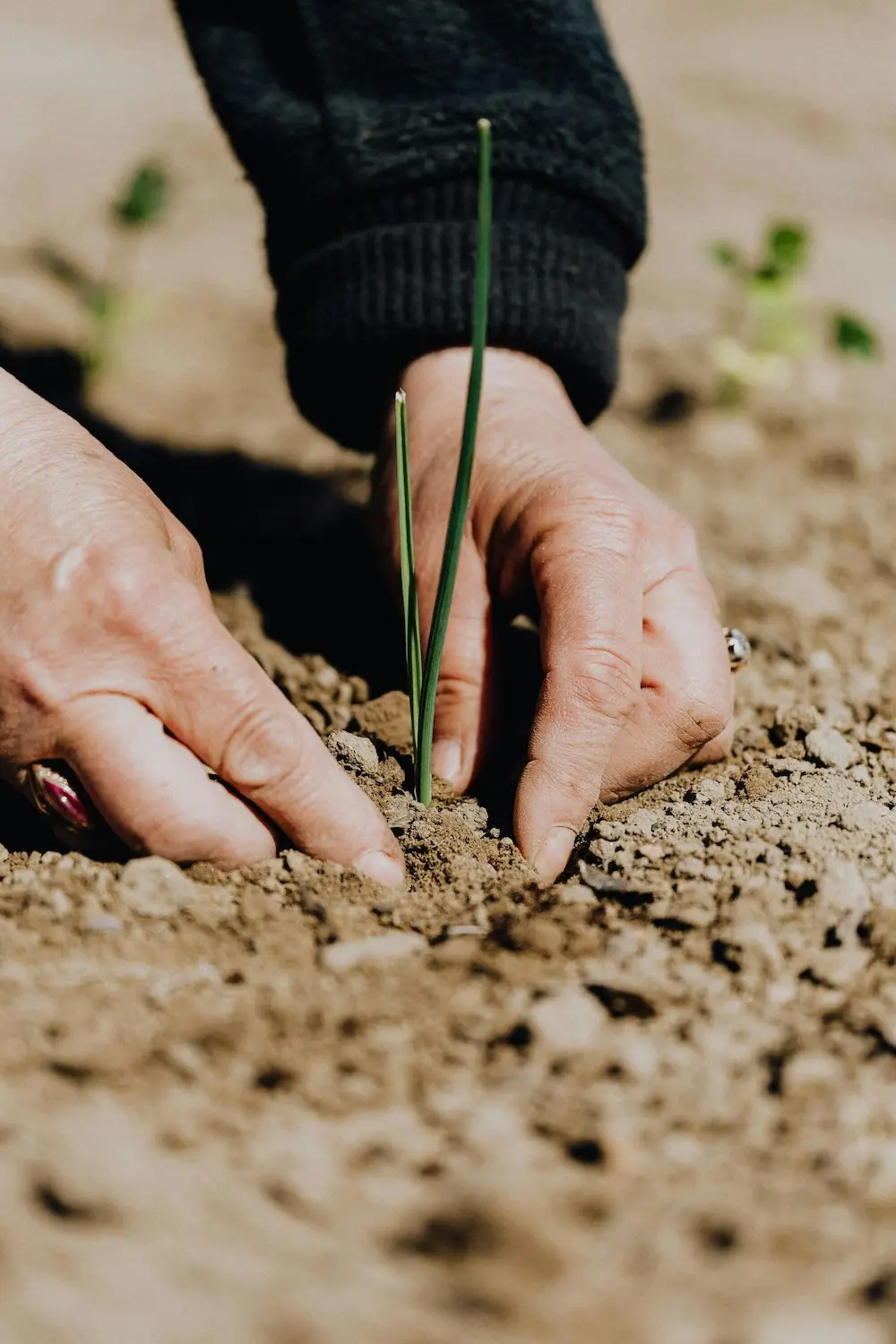
If you're looking to plant a bottlebrush tree in your backyard, the following steps are a good place to start:
Site Selection:
- Choose an area receiving 6-8 hours of direct sun exposure daily for best flowering and performance.
Planting Hole Preparation:
- Dig a planting hole 2-3 times wider than the rootball, but no deeper than the rootmass height.
- Amend backfill soil generously with aged compost, manure, leaf mold or other organic matter to improve drainage and nutrients.
- The ideal soil pH range is 5.5-6.5 on the slightly acidic side.
Spacing:
- For multiple bottlebrush plants, space them based on their expected mature size.
- Allow 4-6 feet between plants for proper air circulation.
Planting Depth:
- Set plants at the same soil depth they were growing in the nursery container.
- Water thoroughly after planting to settle the soil around the roots.
By following these planting guidelines, you'll give your bottlebrush shrubs the optimal start for establishing a strong root system and putting on a brilliant floral display. The full sun exposure, well-draining soil amended with organics, and proper spacing all contribute to their long-term health.
